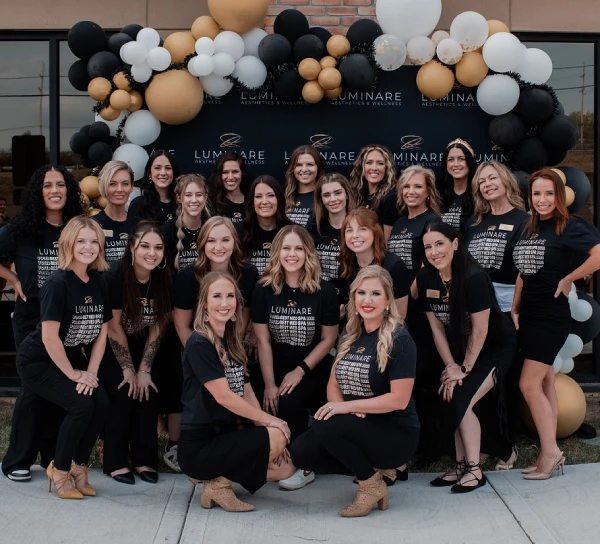Injectable treatments have gained popularity in the field of cosmetic dermatology for their ability to rejuvenate the skin, enhance various areas of the face, and minimize the signs of aging. With various options available, understanding the different types of injectables is crucial for making informed decisions about the most suitable treatment for your specific concerns.
Keep reading and find out the key differences between the major types of injectables, including dermal fillers and neuromodulators, to help you gain a better understanding of these transformative cosmetic procedures.
Dermal Fillers
Dermal fillers are gel-like substances that are injected into the skin to restore volume, smooth wrinkles, and enhance facial contours. They are primarily used to address concerns such as fine lines, nasolabial folds, hollowed areas, and loss of facial volume.
Common dermal fillers are made of hyaluronic acid (HA), a naturally occurring substance in the body that attracts and retains moisture, providing hydration and plumpness to the skin. The effects of dermal fillers are immediate and can last anywhere from six months to two years, depending on the type of filler used.
Neuromodulators
 Neuromodulators, commonly known by their brand names such as Botox®, Dysport®, and Xeomin®, are injectables that temporarily relax the muscles responsible for causing lines and wrinkles. They are primarily used to treat dynamic wrinkles, such as forehead lines, crow’s feet, and frown lines between the eyebrows.
Neuromodulators, commonly known by their brand names such as Botox®, Dysport®, and Xeomin®, are injectables that temporarily relax the muscles responsible for causing lines and wrinkles. They are primarily used to treat dynamic wrinkles, such as forehead lines, crow’s feet, and frown lines between the eyebrows.
Neuromodulators work by blocking nerve signals, preventing the muscles from contracting and causing wrinkles. The effects of neuromodulators are not immediate but gradually appear within a few days to a week after the treatment. The results can last three to four months, after which further injections may be required to maintain the desired effect.
Combining Treatments
In many cases, cosmetic dermatologists recommend combining dermal fillers and neuromodulators for a comprehensive and customized approach to facial rejuvenation. This combination can address both static wrinkles (lines present even at rest) and dynamic wrinkles, providing a more youthful and refreshed appearance.
By using dermal fillers to restore volume and enhance facial contours while simultaneously using neuromodulators to relax muscle activity, the overall effect can be remarkably transformative.
Considerations and Side Effects
While injectable treatments are generally safe, it’s essential to be aware of potential side effects. Common side effects may include redness, swelling, bruising, and temporary discomfort at the injection site. These effects are typically mild and resolve within a few days. However, it is vital to disclose any medical conditions, allergies, or medications you are taking to your chosen provider before undergoing any injectable treatment.
Choosing the Right Injector
When considering injectable treatments, it is crucial to choose a qualified and experienced provider. An expert injector will have a deep understanding of facial anatomy, possess the necessary technical skills, and be knowledgeable about the appropriate product selection. They will also take the time to understand your unique concerns and goals, ensuring a personalized and natural-looking result.
Our qualified injectors at Luminare Aesthetics & Wellness in Liberty or Blue Springs, MO, can help you fight the signs of aging, as we offer various types of cosmetic injectables that can help you regain the fresh and vibrant look you deserve.
Get in touch with us today and schedule your appointment!



